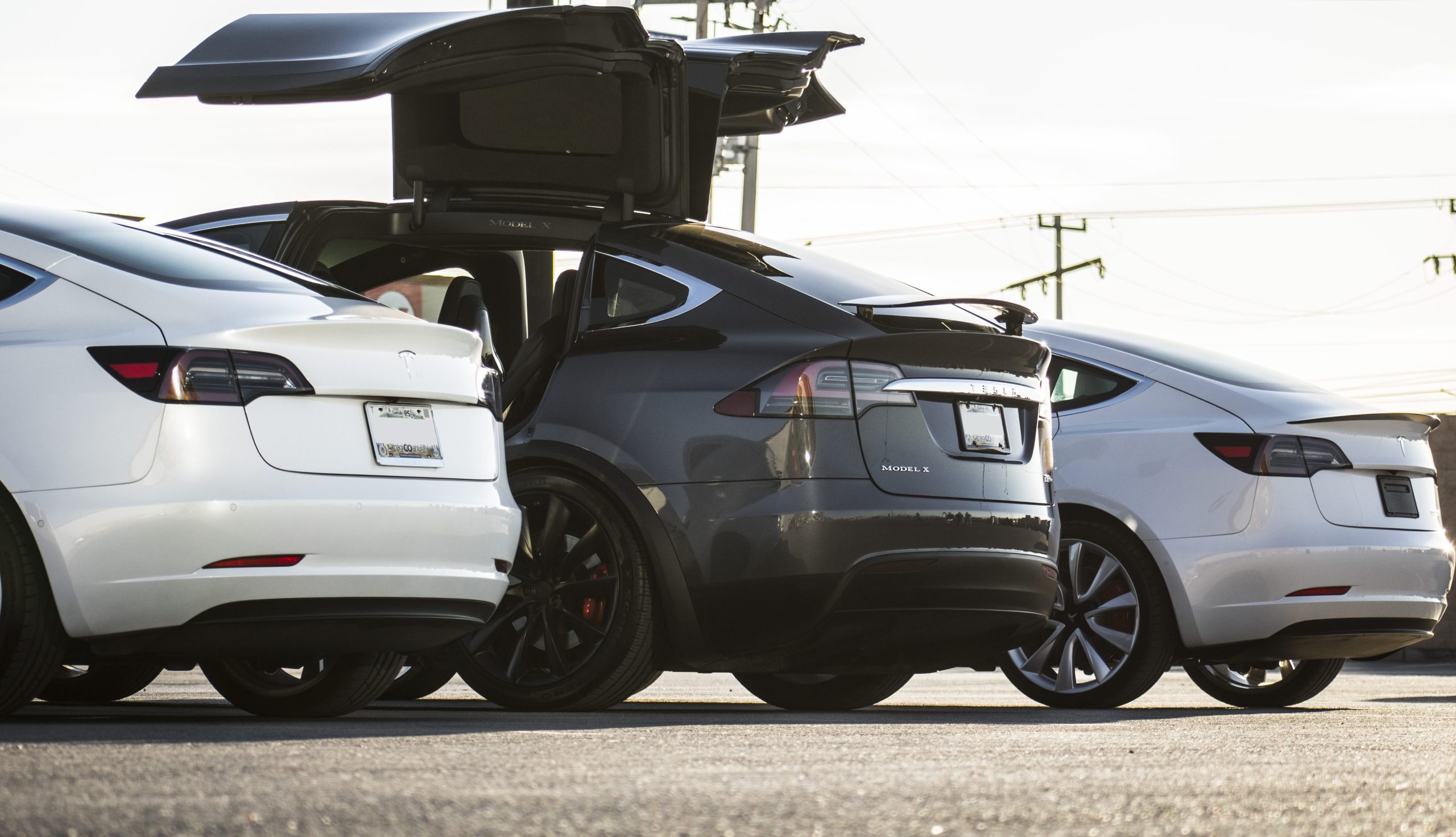It’s obvious by now that Tesla is having a major impact on the automotive world, and this seems to be most felt in places where emissions regulations are tightening up in a big way. The state of California, for example, has a regulatory scheme that forces some major car makers into buying greenhouse gas (GHG) credits, and Europe’s impending CO2 restrictions are going to mean creative hoop jumping if manufacturers hope to avoid their fines.
Despite this fine-print qualifying, Tesla isn’t exactly sitting on the bleachers gloating in these companies’ attempts at compliance. Rather, they’re shepherding the changes and gaining a multifaceted advantage while they do so.
In fact, you might say Tesla is the benevolent harbinger of doom for transportation powered by fossil fuels.
In April this year, details of a deal between Fiat Chrysler (FCA) and Tesla were revealed where the companies’ vehicle fleets would be pooled together to bring down FCA’s emissions average in the EU. By doing so, FCA avoided CO2 fines for 2020, according to its CEO Mike Manley in a Q2 2019 results conference call. The arrangement is expected to continue until 2022, and Tesla’s payout from the bargain is estimated to be around $500 million.
Fiat Chrysler is also leaning heavily on Tesla in California where the Italian automaker was recently found to be purchasing GHG credits from the Elon-Musk-led venture. FCA isn’t the only one, though. General Motors (GM) was also found to be buying credits from Tesla, despite having its own battery electric and plug-in hybrid electric vehicles on the market for years. The move could be to guard against regulatory uncertainties in the future, but the message is still clear: GM has a ways to go in revamping its fleet for an electrified future, and Tesla is offering a hand-up in the process.
The hand-up is quite lucrative, of course. Tesla reported $216 million in revenue from the sale of regulatory credits in Q1 2019 alone, and CFO Zachary Kirkhorn expects credit sales to be even more significant in the future.
Tesla isn’t just helping with “Get Out of Jail (for a price)” cards, either. Their patents have operated under an open source philosophy since 2014. Some things are not shared in order to maintain a business edge – namely their Full Self-Driving tech; however, altogether Tesla is pointing the way towards a zero emissions automotive world, and they’re offering to help others in the industry get there, too. Yes, cars powered by fossil fuels are probably doomed, and Tesla’s success is basically ushering in that apocalypse. But they’re being kinder and gentler about it than they have to be.
The reason I classify Tesla’s credit dealings as benevolent rather than, say, opportunist, is because of the company’s mission from the start. Followers of Elon Musk are well versed (or somewhat versed) on his “Master Plans” that use electric cars to drive energy sustainability. In the end, the transition that FCA and GM are hiccuping their way through was the intention all along. It’s just ironic luck (or hard work, really) that Tesla can be there to guide them and assist them across the bridge. Or through the gates. Or…well, pick your metaphor. Could Tesla be hospice for FCA?
Okay, I’ll stop.

News
Tesla dominates in the UK with Model Y and Model 3 leading the way
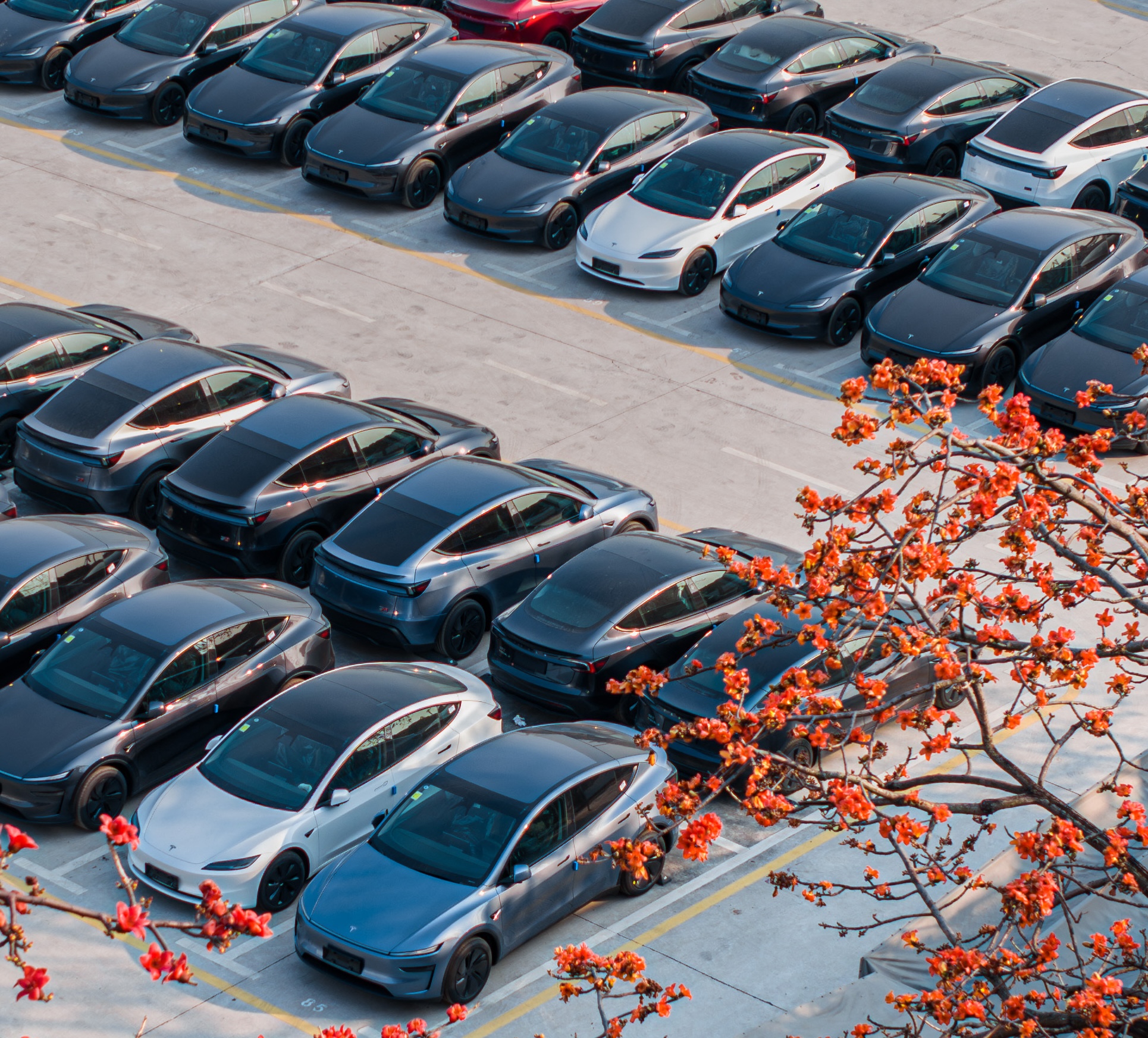
Tesla is dominating in the United Kingdom so far through 2025, and with about two weeks left in the year, the Model Y and Model 3 are leading the way.
The Model Y and Model 3 are the two best-selling electric vehicles in the United Kingdom, which is comprised of England, Scotland, Wales, and Northern Ireland, and it’s not particularly close.
According to data gathered by EU-EVs, the Model Y is sitting at 18,890 units for the year, while the Model 3 is slightly behind with 16,361 sales for the year so far.
The next best-selling EV is the Audi Q4 e-tron at 10,287 units, lagging significantly behind but ahead of other models like the BMW i4 and the Audi Q6 e-tron.
GOOD NEWS 🇬🇧 Tesla is absolutely crushing the UK electric vehicle market in 2025 💥
The numbers are in, and the dominance is clear. With an impressive amount of 42,270 vehicles delivered year-to-date, the brand now commands a solid 9.6% market share of the total auto market 🆒… pic.twitter.com/dkiGX9kzd0
— Ming (@tslaming) December 18, 2025
The Model Y has tasted significant success in the global market, but it has dominated in large markets like Europe and the United States.
For years, it’s been a car that has fit the bill of exactly what consumers need: a perfect combination of luxury, space, and sustainability.
Both vehicles are going to see decreases in sales compared to 2024; the Model Y was the best-selling car last year, but it sold 32,610 units in the UK. Meanwhile, the Model 3 had reached 17,272 units, which will keep it right on par with last year.
Tesla sold 50,090 units in the market last year, and it’s about 8,000 units shy of last year’s pace. It also had a stronger market share last year with 13.2 percent of the sales in the market. With two weeks left in 2025, Tesla has a 9.6 percent market share, leading Volkswagen with 8 percent.
The company likely felt some impact from CEO Elon Musk’s involvement with the Trump administration and, more specifically, his role with DOGE. However, it is worth mentioning that some months saw stronger consumer demand than others. For example, sales were up over 20 percent in February. A 14 percent increase followed this in June.
News
Tesla Model 3 and Model Y dominate China’s real-world efficiency tests
The Tesla Model 3 posted 20.8 kWh/100 km while the Model Y followed closely at 21.8 kWh/100 km.
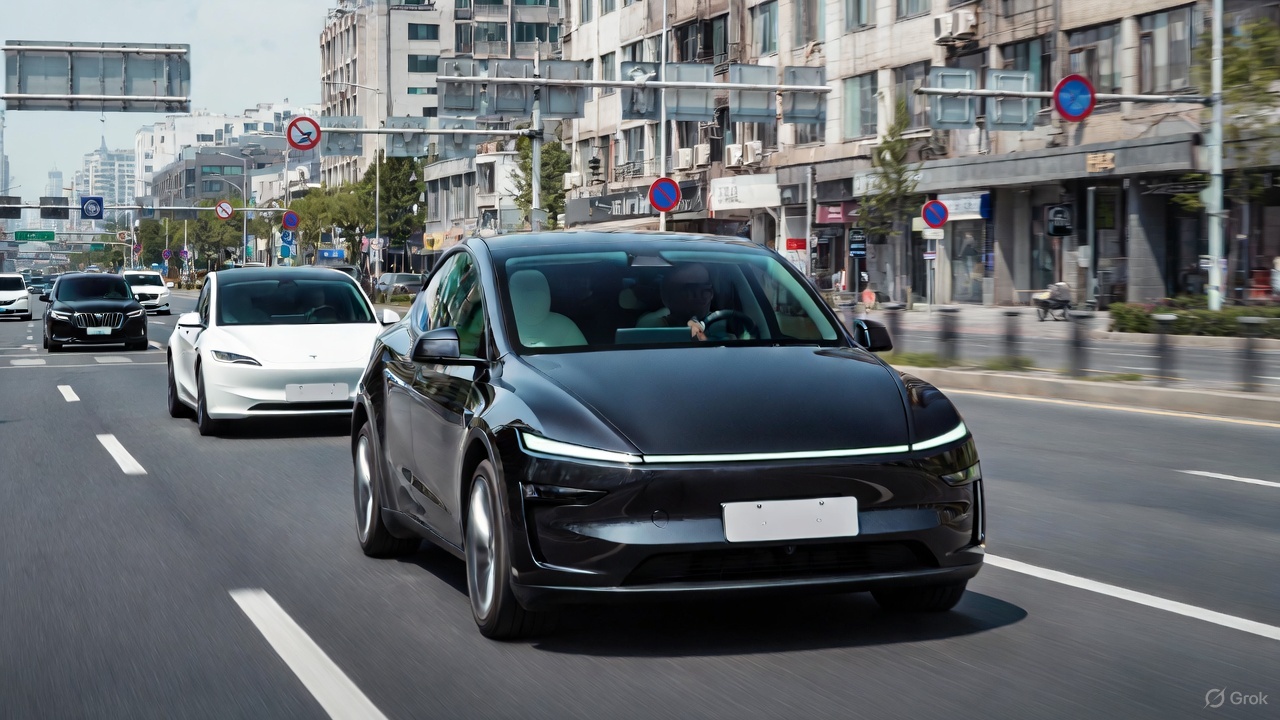
Tesla’s Model 3 and Model Y once again led the field in a new real-world energy-consumption test conducted by China’s Autohome, outperforming numerous rival electric vehicles in controlled conditions.
The results, which placed both Teslas in the top two spots, prompted Xiaomi CEO Lei Jun to acknowledge Tesla’s efficiency advantage while noting that his company’s vehicles will continue refining its own models to close the gap.
Tesla secures top efficiency results
Autohome’s evaluation placed all vehicles under identical conditions, such as a full 375-kg load, cabin temperature fixed at 24°C on automatic climate control, and a steady cruising speed of 120 km/h. In this environment, the Tesla Model 3 posted 20.8 kWh/100 km while the Model Y followed closely at 21.8 kWh/100 km, as noted in a Sina News report.
These figures positioned Tesla’s vehicles firmly at the top of the ranking and highlighted their continued leadership in long-range efficiency. The test also highlighted how drivetrain optimization, software management, and aerodynamic profiles remain key differentiators in high-speed, cold-weather scenarios where many electric cars struggle to maintain low consumption.
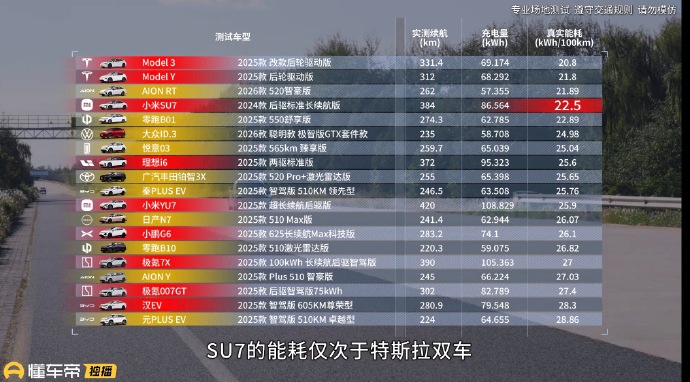
Xiaomi’s Lei Jun pledges to continue learning from Tesla
Following the results, Xiaomi CEO Lei Jun noted that the Xiaomi SU7 actually performed well overall but naturally consumed more energy due to its larger C-segment footprint and higher specification. He reiterated that factors such as size and weight contributed to the difference in real-world consumption compared to Tesla. Still, the executive noted that Xiaomi will continue to learn from the veteran EV maker.
“The Xiaomi SU7’s energy consumption performance is also very good; you can take a closer look. The fact that its test results are weaker than Tesla’s is partly due to objective reasons: the Xiaomi SU7 is a C-segment car, larger and with higher specifications, making it heavier and naturally increasing energy consumption. Of course, we will continue to learn from Tesla and further optimize its energy consumption performance!” Lei Jun wrote in a post on Weibo.
Lei Jun has repeatedly described Tesla as the global benchmark for EV efficiency, previously stating that Xiaomi may require three to five years to match its leadership. He has also been very supportive of FSD, even testing the system in the United States.
News
Tesla Model 3 and Model Y named top car buys in Norway
Despite growing competition from European and Korean brands, both models stood out for their balance of price, performance, and everyday usability.
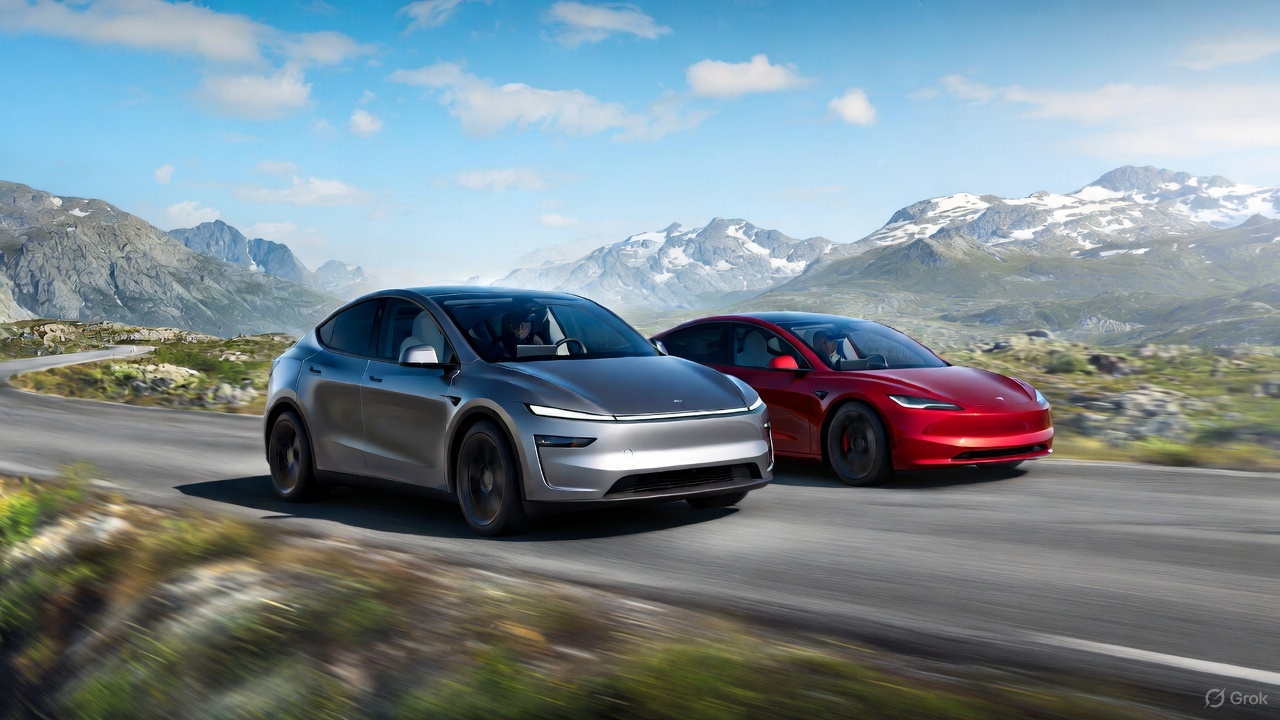
Norway’s annual roundup of the best car purchases featured Tesla’s two main sellers this year, with the Model 3 and Model Y securing top positions in their respective segments.
Despite growing competition from European and Korean brands, both models stood out for their balance of price, performance, and everyday usability. The verdict comes as electric vehicle adoption remained above 95% of new vehicle sales in the country.
Tesla Model 3 strengthens its value position
Among compact EVs, the Tesla Model 3 maintained its position as the best overall buy thanks to its strong blend of performance, efficiency, and updated features. Reviewers noted that every trim offered compelling value, especially with the all-electric sedan’s improved cabin ergonomics and the return of the turn-signal stalk, which was one of the few previous complaints among drivers.
The Model 3’s mix of long-range capability, low operating costs, and responsive handling has continued to set the benchmark for compact EVs in Norway. While competitors from Hyundai, Volkswagen, and Peugeot have narrowed the gap, Tesla’s price-to-capability ratio has remained difficult to beat in this segment, Motor.no reported.
“The Model 3 clearly offers the best value for money in the compact class, no matter which version you choose. Now it also gets the turn signal lever back. This eliminates one of the few flaws in a driving environment that many believe is the best on the market,” the publication wrote.
Tesla Model Y claims its crown
The Tesla Model Y emerged as Norway’s top family-car purchase this year. The latest refresh introduced improvements in ride quality, styling, and interior materials, allowing the Model Y to deliver a more premium driving experience without a substantial price increase.
Reviewers praised its spacious cabin, strong safety profile, and practical range, all of which reinforced its appeal for families needing an all-purpose electric crossover. The Model Y remains especially notable given its continued popularity in Norway even as Tesla faces declining sales in other global markets.
“The Model Y is back as the winner in the family class. The upgrade in the new year was even more extensive than expected. It is a slightly more elegant and significantly more comfortable Model Y that solidifies its position as Norway’s best car purchase in the most important class,” the Norwegian motoring publication noted.
